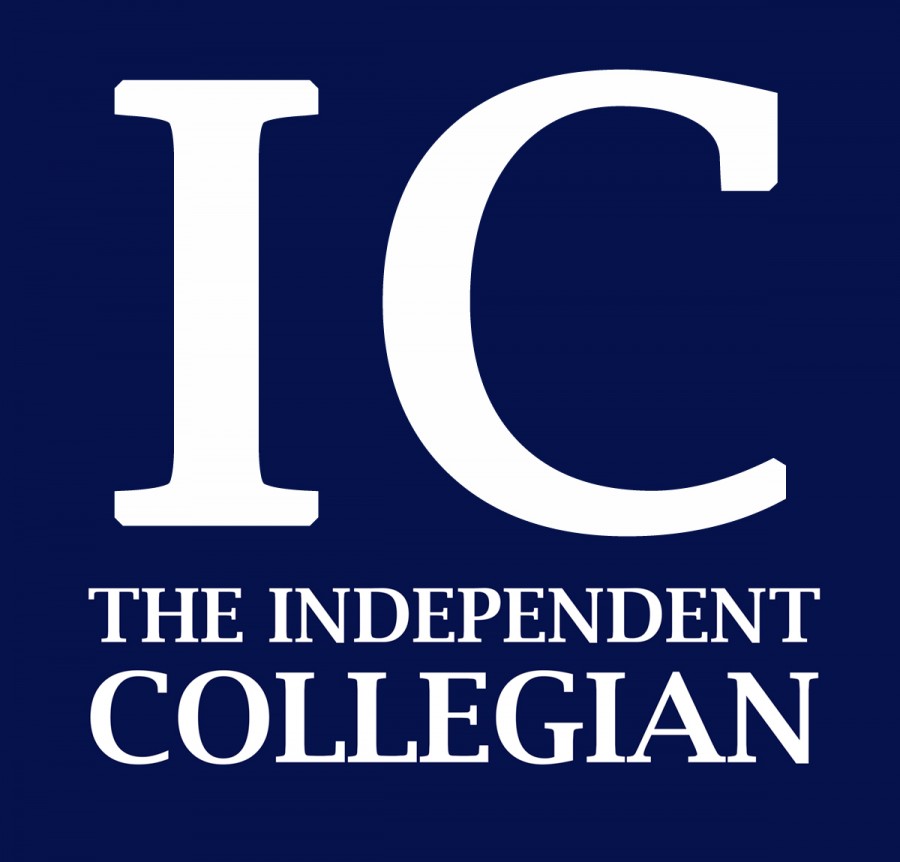Editorial: Too little, too late
September 9, 2015
Filed under Editorials, Opinion
Administrators come and go, and some will be missed more than others.
Cam Cruickshank, vice president of enrollment and online education, recently stepped down from his positon at the university, although it’s unclear whether he made the choice himself or whether he was encouraged to step down by others.
From what we’ve been told, his methods for achieving enrollment goals conflicted with the ideology of the new administration at the University of Toledo and he stepped down for that reason. The UT news release said President Sharon Gaber and Cruickshank made this decision mutually.
However, it is anyone’s guess as to how the decision was really made.
The possibility of a new administration asking someone to step down made us curious. We were oblivious to any controversy associated with Cruickshank, but after some research we believe Cruickshank shouldn’t have been hired to begin with.
According to a UT news release, Gaber is making “retention of more, better academically-prepared students one of her primary goals for the university moving forward.”
Cruickshank, on the other hand, focused a lot on marketing and recruitment.
While this disagreement in philosophies may have contributed to Cruickshank’s stepping down, maybe the new administration realized some haunting facts about Cruickshank’s past.
Cruickshank was hired under the Jacobs-Scarborough administration to curb the drops in enrollment UT had been suffering since 2010. UT is still suffering from drops in enrollment.
Hired as a contracted consultant who was paid $1,200 a day, he was allowed to operate and consult other universities on his days off.
Looking back, we feel this should have been a red flag, and it was to some faculty members at the time. Being allowed to consult other universities while working at UT feels like a blatant conflict of interest.
Cruickshank was also involved in some questionable business in the past that casts doubt to us on whether he really has students’ interests in mind.
An example of this is when he was the vice president of enrollment at Tiffin University in Tiffin, Ohio. During his time there, Cruickshank helped create an online offshoot school called Ivy Bridge College.
He and his colleague started a company — Altius Education — to manage Ivy Bridge College, and the college became a for-profit arm structured under TU’s non-profit accreditation.
Ivy Bridge College closed of its own accord; however, a federal investigation was opened to look into Ivy Bridge’s making false claims that it could continue operations without independent accreditation.
We have some major ethical objections to this sort of leadership. If Cruickshank conducted this sort of work at his past position, what makes us want to trust him with UT’s enrollment? More importantly, what made the administration at the time want to hire him? Recruiting students with false claims doesn’t exactly seem like the best way to go, and helping other schools recruit possible future Rockets seems counter-productive.
When the faculty raised concerns about Cruickshank in their faculty senate meetings, he was defended by Scott Scarborough, the provost at the time.
“It’s been fully discussed with Cam,” Scarborough said in a 2013 faculty senate meeting. “Anybody in this room can request a meeting with him to talk about this and Cam is willing to sit down with anybody to tell the story at least from his perspective what happened with Tiffin University and Ivy Bridge.”
But some faculty members complained that they never got the chance to have a meeting with Cruickshank about the issue.
Since he was hired in 2013, enrollment at UT has not stopped decreasing. That said, enrollment has only dropped by less than one percent from 2013 to 2014, which fares better than other years. Enrollment dropped by 5 percent between 2011 and 2012.
Maybe Cruickshank had some effect to reduce the decline in these numbers, but there are too many variables to definitively prove his management style was the decisive factor in that change.
Overall, Cruickshank didn’t dramatically affect much at UT besides being on the payroll, and his apparent insignificance doesn’t outweigh the risk of another Ivy Bridge-like incident.
We aren’t choked up about Cruickshank’s departure. We wish we would have done more research when he was originally hired.
We are looking forward to a new administrator who will work with Gaber on her enrollment goals, and we’ll be sure to do our homework this time around.





